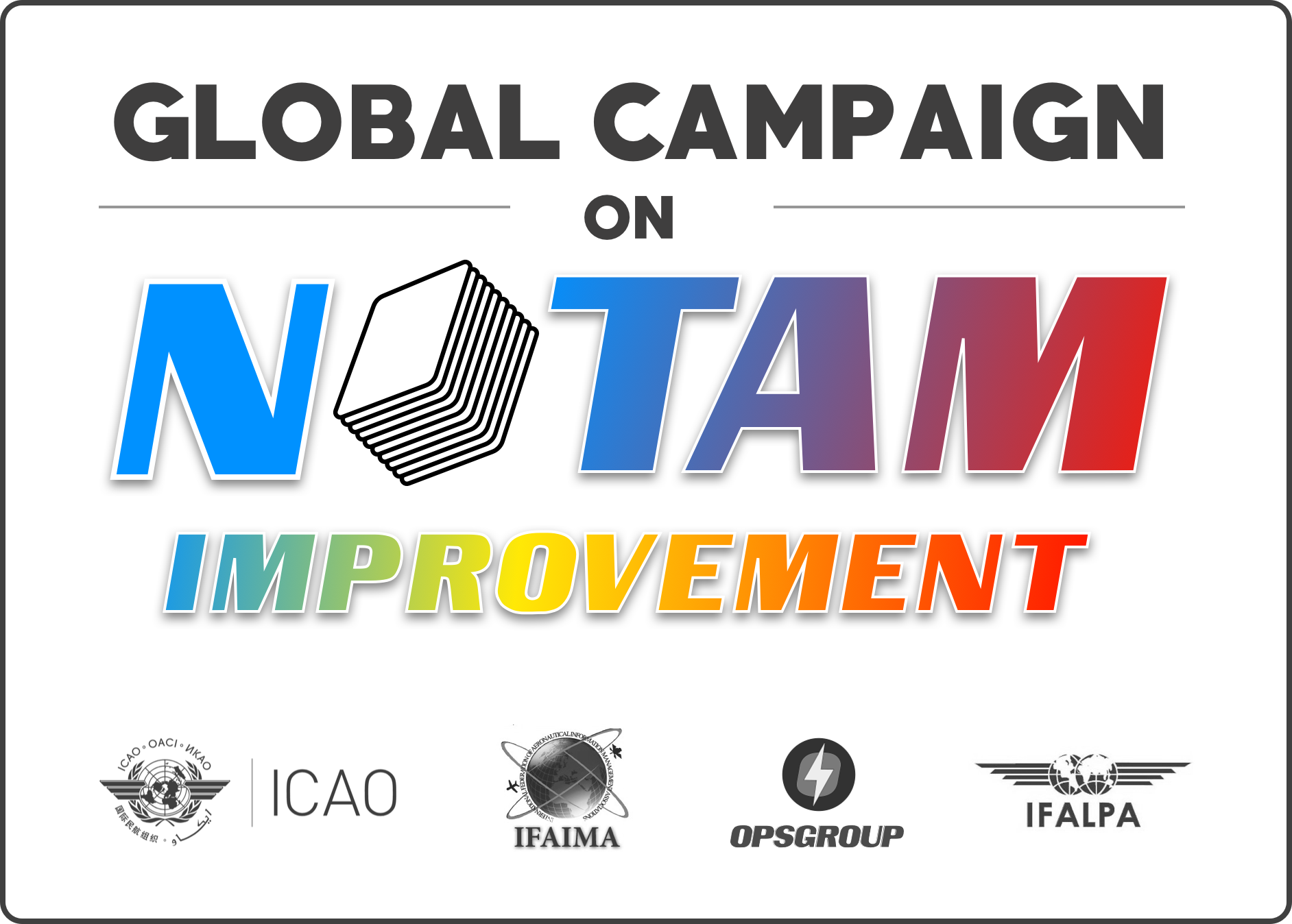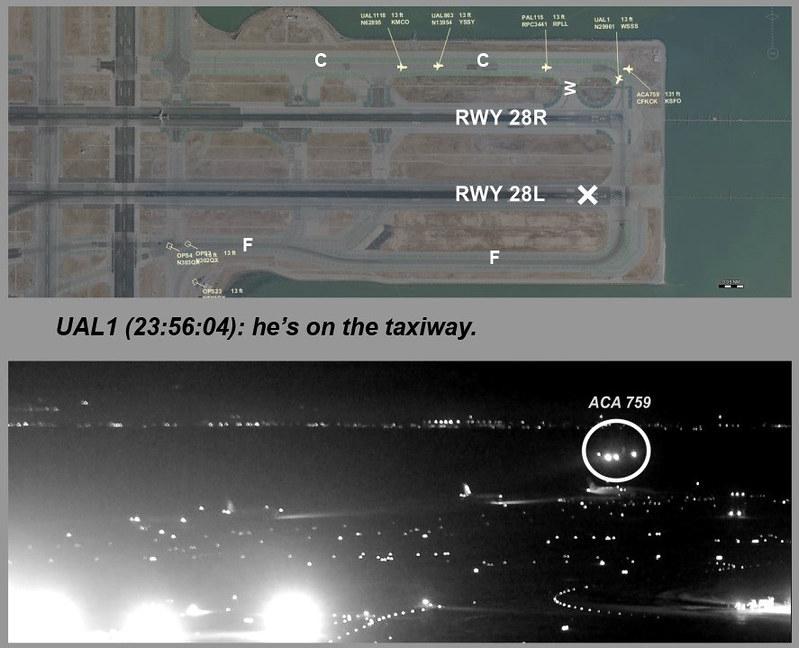
The International Civil Aviation Organization (ICAO) is stepping in to help reduce the clutter and inherent safety risk arising from excessive Notices to Airmen (NOTAMs), many of which are outdated.
A NOTAM is a notice to pilots containing information about changes or hazards involving aeronautical facilities or services. On any given day, there are 35,000 active NOTAMs circulating worldwide, ICAO says. In 2020, the total number of notices exceeded 1.7 million.
Analysis has shown that nearly 20% of daily notices are outdated—of 37,000 active NOTAMs on Dec. 1, 2020, for example, 7,079 were either “old,” exceeding their three-month applicability period, or “very old,” exceeding one year’s duration, according to ICAO.
Depending on the length of a flight, pilots are presented with 30-200 pages of NOTAMs to study in pre-flight briefing packages. In an effort to reduce the volume of information, ICAO has launched the Global Campaign on NOTAM Improvement, with support from the International Federation of Aeronautical Information Management Associations, the International Federation of Air Line Pilots’ Associations (IFALPA), and the OpsGroup online community of pilots, controllers and dispatchers. Phase 1 of the initiative aims to cull out 400,000 old NOTAMs in 2021; a later phase aims to reform the system.
The Problem Of Excessive NOTAMs

The near-disaster of Air Canada Flight 759 exemplifies the problem of excessive NOTAMs, says OpsGroup founder Mark Zee. On July 7, 2017, the pilots of the Airbus A320 mistakenly lined up on a parallel taxiway after being cleared to land on Runway 28R at San Francisco International Airport (SFO). The airliner descended to about 60 ft. above the ground, then initiated a go-around after overflying the first of four other airliners awaiting takeoff clearance on the taxiway.
“At the last moment on a visual approach, the crew realized they were trying to land on a taxiway and not Runway 28 Right,” said Zee, during the April 8 launch of the Global Campaign on NOTAM Improvement. “Their situational awareness was not complete, something very critical was missing. That was the fact that 28 Left was closed. Their picture, what they saw, did not match reality. The NOTAM that communicated this critical piece of information to them was lost in about 30 pages of NOTAMs. It was literally 1-2 sec. away from being the worst aircraft disaster in the history of the United States.”
The NTSB determined that the pilots’ failure to see the NOTAM was the primary cause of the incident. “That was a wakeup call,” said Zee.
For a long-haul flight, there can be “120 pages of information; that’s enough pages for a short story, basically,” said Finnair captain Lauri Soini, representing IFALPA. “Our main focus goes to the NOTAM concerning the departure, destination [and] alternate aerodromes and the FIRs (flight information regions) we fly through, but after that we should also check the information from the en route aerodromes. Here’s where the magnitude of our problem becomes visible—120 pages, 10-15 NOTAMs a page and for every single one, we should read, understand and decide if it is relevant for our flight.”
On the OpsGroup website, Zee has opined that the NOTAM format is based on the 5-bit International Telegraph Alphabet 2 teleprinter code dating to 1924. “We communicate the most critical flight information using a system invented in 1920, with a format unchanged since 1924, burying essential information that will lose a pilot their job, an airline their aircraft, and passengers their lives, in a mountain of unreadable, irrelevant B-S,” he charged.
What The Regulations Say

- ICAO Annex 15, Standards and Recommended Practices for Aeronautical Information Services (AIS), defines NOTAM as “a notice distributed by means of telecommunication containing information concerning the establishment, condition or change in any aeronautical facility, service, procedure or hazard, the timely knowledge of which is essential to personnel concerned with flight operations.” The annex states that “a NOTAM shall be originated and issued promptly whenever the information to be distributed is of a temporary nature and of short duration” whereas “temporary changes of long duration (three months or longer) … shall be published as Aeronautical Information Publications (AIP) Supplements.”
- ICAO PANS-AIM, Document 10066 (Procedures for Air Navigation Services-Aeronautical Information Management) states that “within three months from the issuing of a temporary NOTAM of long duration, the information contained in the NOTAM shall be included in the AIP Supplement,” and that “within three months from the issuing of a permanent NOTAM, the information contained in the NOTAM shall be included in the aeronautical information products affected.” It adds: “when a NOTAM with estimated end of validity unexpectedly exceeds the three-month period, a replacement NOTAM shall be issued, unless the condition is expected to last for a further period of more than three months; in this case, an AIP Supplement shall be issued.”
“In either case, a NOTAM should never be active for more than three months, and never be replaced more than once,” ICAO summarizes.
Root Causes Of Excessive NOTAMs
Shane Sumner, regional officer for air traffic management in ICAO’s Asia and Pacific Office in Bangkok, was one of several ICAO regional officers who spoke during the April 8 launch webinar. He was specific in diagnosing root causes of excessive notices.
“The number of old and very old NOTAMs demonstrates inadequate development of regulations governing aeronautical information products and poor regulatory oversight of the AIS and data originators,” Sumner advised. “Among the 40 states and two special administrative regions of China that together make up the Asia-Pacific region, only 19 have implemented [the] Quality Management System (QMS) for AIS. Even among those that have implemented QMS, the significant number of old and very old NOTAMs demonstrates that the QMS is either poorly implemented or simply not applied. The regulatory oversight process, if applied at all, does not adequately examine the application of the QMS.”
Sumner added: “Only 12 of our states and/or special administrative regions have established formal arrangements with data originators. Among data originators, there is also insufficient knowledge and awareness of regulations, rules and processes for AIS, and how non-compliant AIS and large volumes of NOTAMs impact upon the end user.”
The ICAO NOTAMeter

ICAO has developed a web-based software tool called the NOTAMeter that provides an estimate of the absolute and relative numbers of current, old and very old NOTAMs. Statistics can be searched by country and compared to the applicable ICAO region or worldwide. Visit https://www.icao.int/airnavigation/information-management/Pages/NOTAMet…
Scheduled Progress Webinars
ICAO has scheduled bi-monthly webinars to monitor the progress of the Global Campaign on NOTAM Improvement on the following dates:
- June 16, 2021
- Aug. 31, 2021
- Oct. 28, 2021
- Dec. 15, 2021
All webinars will be conducted at 12:00 UTC. To register, visit https://www.icao.int/Meetings/NOTAM2021/Pages/default.aspx





